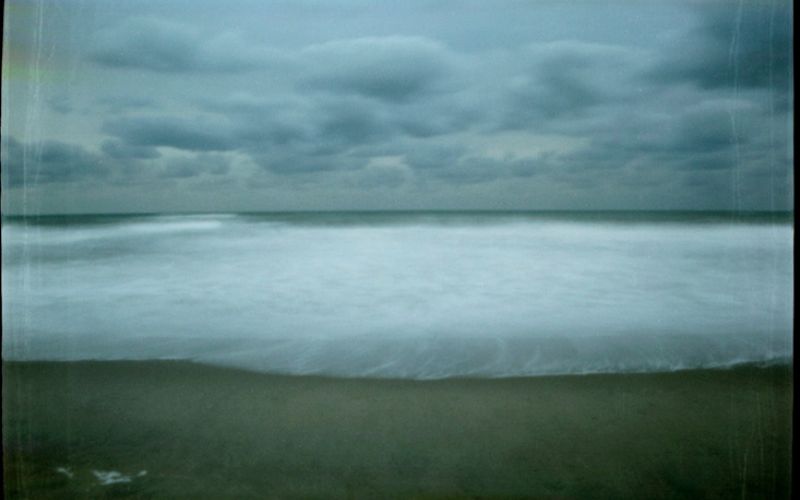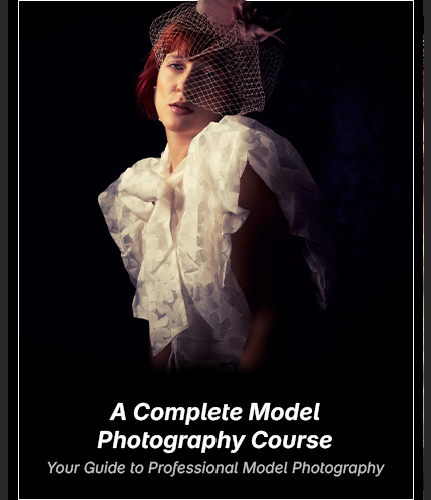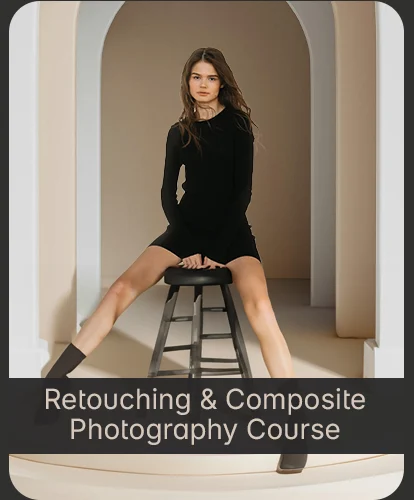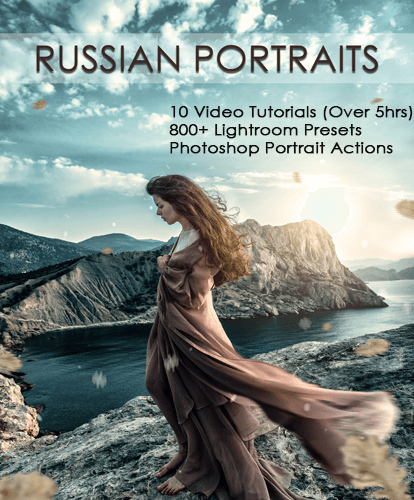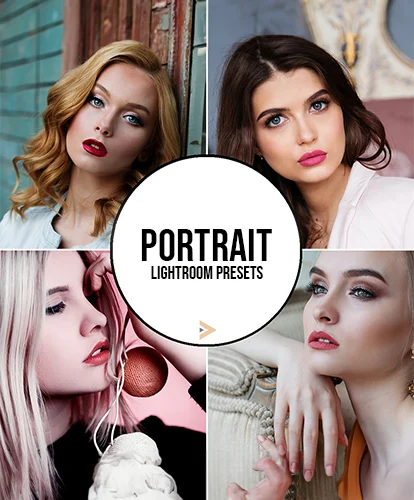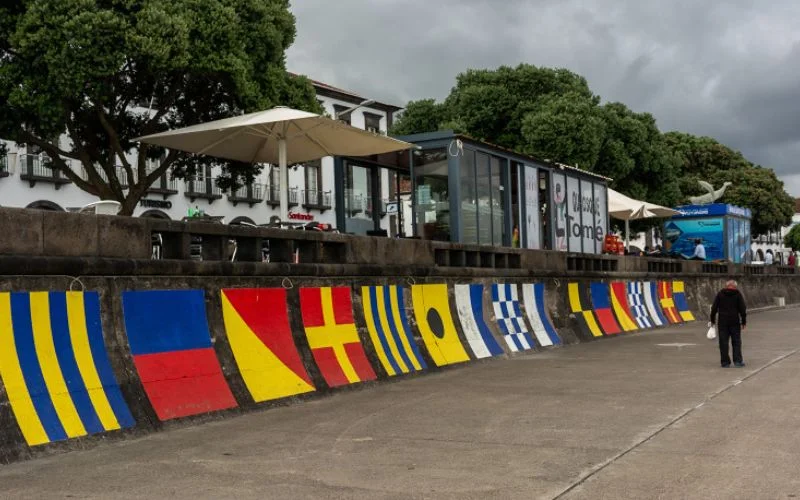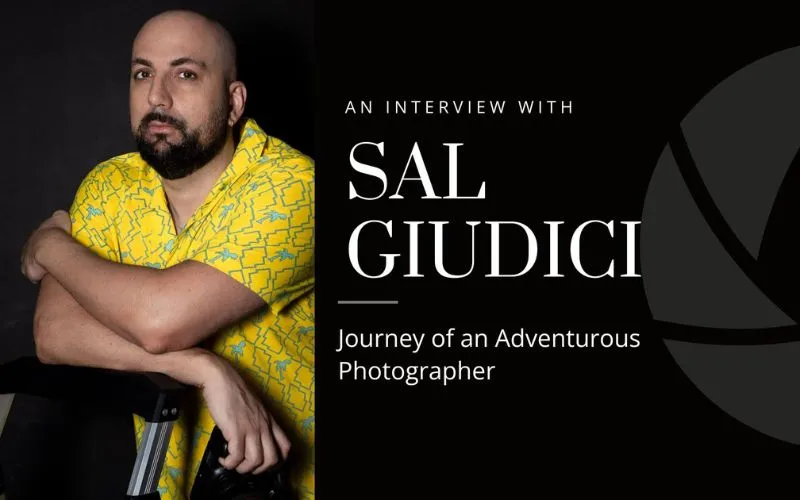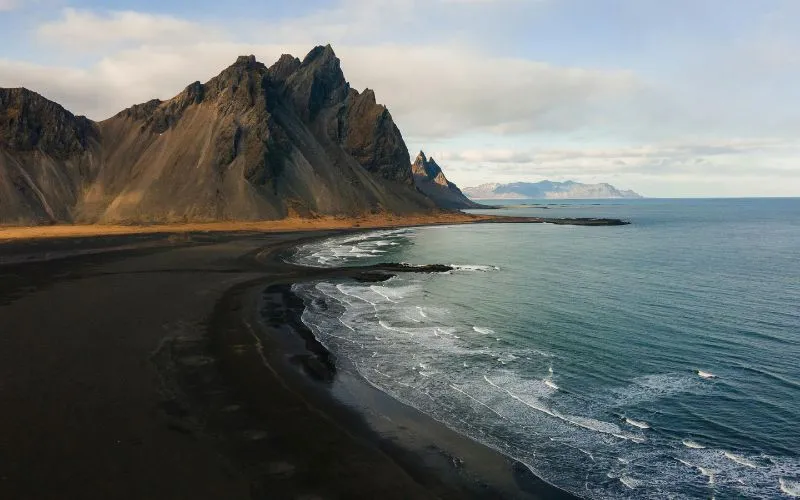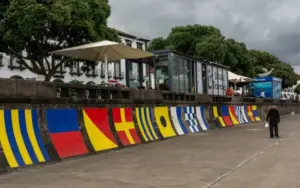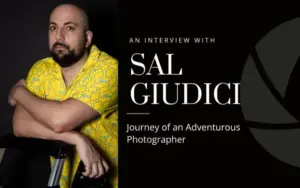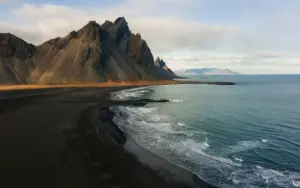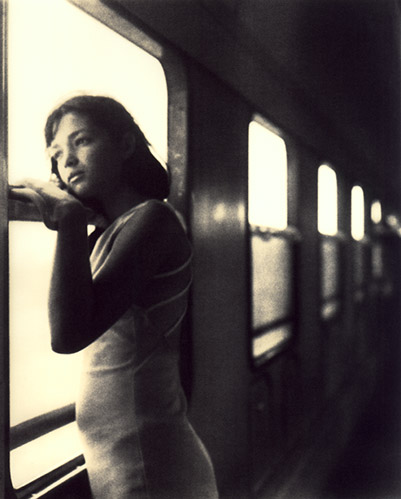
Dutch travel/portrait photographer Gregor Servais describes himself as a melancholic dreamer. One look to his overcast seascapes and you’ll understand why — they’re depressively beautiful. Gregor Servais also likes improvising every portrait he takes. From the commissioned shoots, handed down from plush magazines like Esquire, to his own personal portraits taken from around the world. Gregor Servais enjoys pressuring himself to capture something beautiful at a moment’s notice.
Most times Gregor Servais succeeds, but then there are other times, Gregor Servais admits, that he’s realized he could’ve done something better. And although several of his portraits do reveal his melancholic tendencies, none seem lacking of polish or organization. They seem as planned as any of the best I’ve seen. That being said, there is something altogether unique about them. Something that could only be found in that improvisational fashion: many of Servais’ portraits are funny, albeit in a dark sort of way.
In this interview,Gregor Servais talks about making his client comfortable with his unconventional portrait ideas, explains how he approaches his travel photography, and reveals why he never plans any of his shoots.
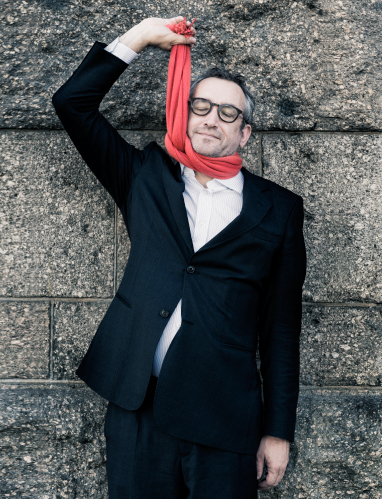
You’ve worked in portraiture, travel, and reportage photography. How did you get your start? How would you describe your work?
I was lucky enough to be accepted at the Royal Art Academy in The Hague. That was a wonderful playground. After graduating I slowly started to find customers while I also worked for several advertising photographers as an assistant. It’s difficult for me to describe my work. I have no idea really. I guess the travel photography and the more personal portraits are a bit melancholic. The editorial portraits I try to make in such way that the reader of the magazine or newspaper is a bit surprised when they see the photos.
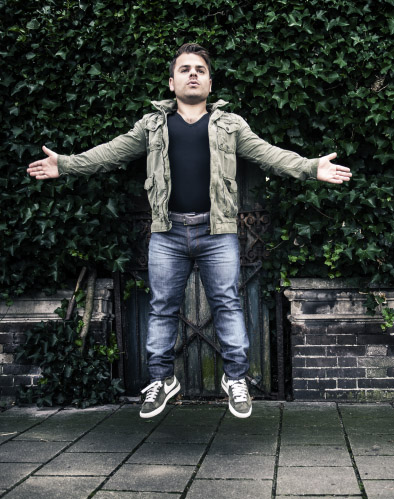
Your portraits can be really funny at times. You like contrasting your subjects with hilarious environments/poses. Why do you prefer doing that? How do you get your subjects comfortable with these ideas?
It’s also what I’m hired for. To make a portrait that has something happening in it. It’s always a challenge. Really exciting and sometimes also frustrating. It’s all improvised. The challenge is to come up with something that might work to get a good picture and obviously to get my subject to go along with it. Not sure how I manage that last part. It does happen that people think something that I want is too weird, or they feel uncomfortable with something. A photo usually won’t work if you can see that somebody is uncomfortable. It helps if I can show the photo, and they can see it actually looks pretty cool. But I must admit that sometimes it’s me who feels uncomfortable showing a photo during the shoot that is not yet as how I want it. It feels like I’m letting someone taste the soup when it’s far from ready. But although sometimes it’s really difficult, it’s also very exciting to try to get something nice, beautiful, cool in often a very short time.
Gain more knowledge about various photography genres in these insightful photography interviews.
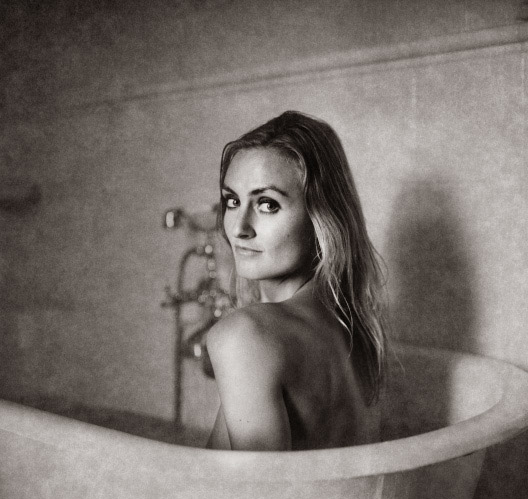
Your portraits are shot with different cameras and even different types of film. How do you decide which camera you’re going to use with a particular subject?
My editorial portraits are all shot these days with a Nikon D800. I use either the 24-70mm F/2.8 or a 50mm F/1.4 or sometimes a 105 F/2.8. But I get a lot of freedom every time to give a portrait the exact look and feel that I like. The more personal portraits indeed are shot with different cameras. Hasselblad, Rolleiflex, Nikon, even 4×5″ cameras. For more intimate portraits it’s nice to take Rolleiflex or Hasselblad because they are more slow, and less intimidating.
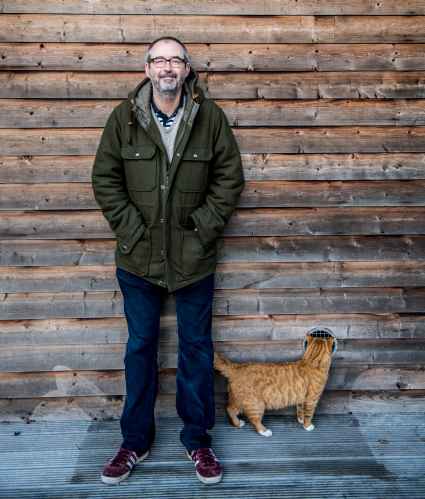
When you’re assigned a portrait, what are your first steps in planning your shoot?
No planning! All my photos are improvised there and then on the spot. I always arrive early so I can look around to see if there are any useful spots for a photo. Then most of the time I am there when the interview takes place. From a modest distance I listen and hopefully get an idea or at least a feeling what the subject is about. When the interview is finished it’s my turn. Sometimes I still have no clue what to do, but just starting nowhere usually leads to something. Other times I do have an idea but still anything can happen. Usually I get between 20 minutes to half an hour. In this short time, adrenaline is going trough my blood, I am stressed but try to appear very calm and act as if I know what I’m doing. After the session I sometimes know I have something really nice. Other times, when driving home again I bang my head against the steering wheel of my car because I came up with better idea . . . too late.
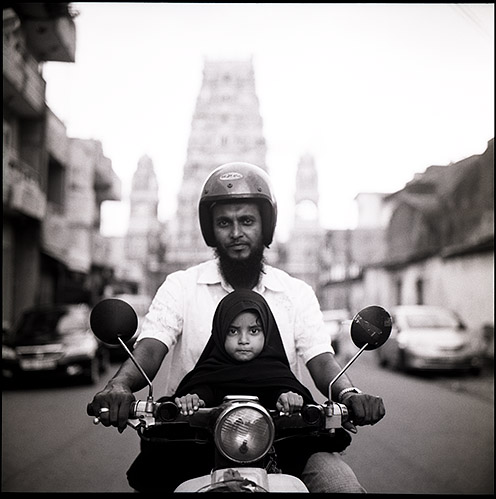
Your On the Road project is really great. I love how sensitive your eye is to new environments and people. To other travel photographers, what advice could you give about searching a new place for great photographs?
To be honest I don’t think of a place to travel specific for photos. I just go because I would like to go there. It is really helpful to speak a bit of the local language. It’s nice to have conversations with people who are often just as curious for my life as I am for theirs. Also approaching people with a smile is a good thing. We should always do that, even at home.
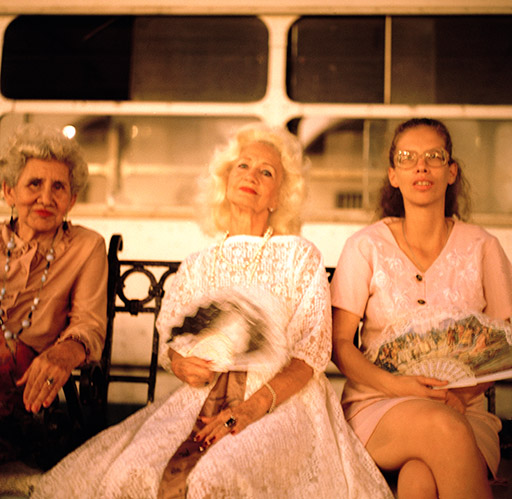
The portraits in On the Road are very intimate. They seem like honest reflections of really kind people. How do you approach taking portraits of complete strangers?
All of my On the Road photos are shot on film. Most of them with my old 1950s Rolleiflex. Because of the viewfinder I automatically bow towards my subject. Very humble. The camera is always good for a short talk, it’s a great way to open a conversation. When I see somebody whom I’d like to photograph I always make sure they see me and my camera before I approach them. Sometimes I just start a conversation and ask for the photo after a short chat. As a rule I like to ask people before I photograph them. The moment somebody really allows you to take a photo is wonderful. I like that little moment of contact much better than a quick secretly taken photo.
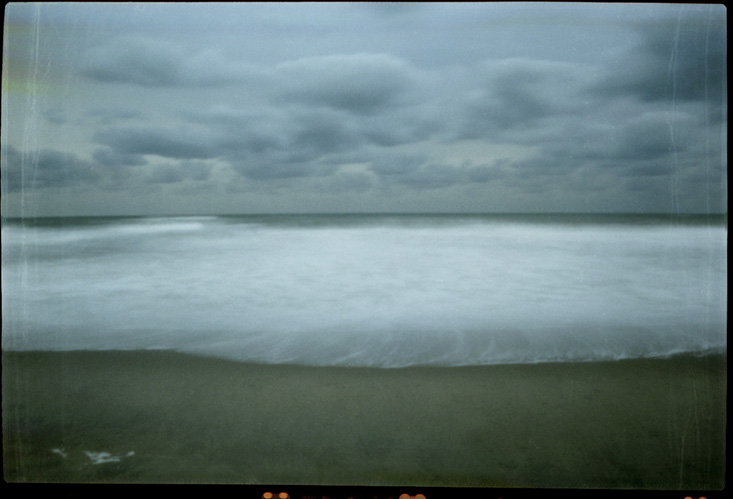
Although it seems like you only have two seascape images, I couldn’t stop staring at them. These photographs are beautiful. If what we photograph says something about us, what do these images say about you?
Thanks! On my blog there are quite a few more. These are pinhole photos made with an old modified Agfa Clack. These photos probably say I am a melancholic dreamer.
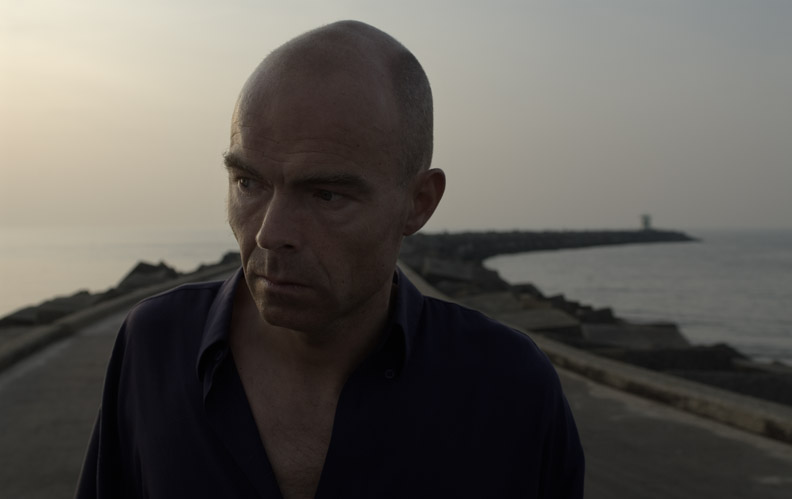
What is the most important lesson you’ve learned while traveling and photographing the world?
To have respect for all that lives.
Be sure to check out all of Gregor’s work on his website!
